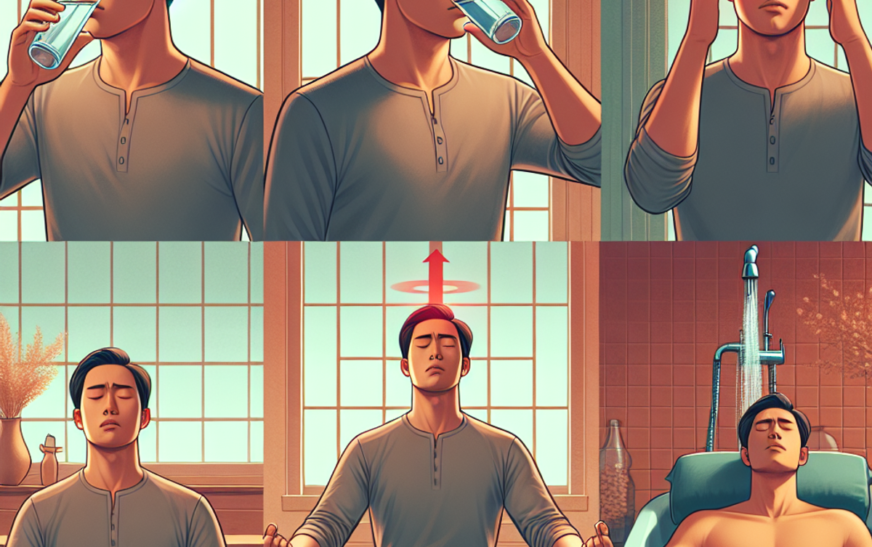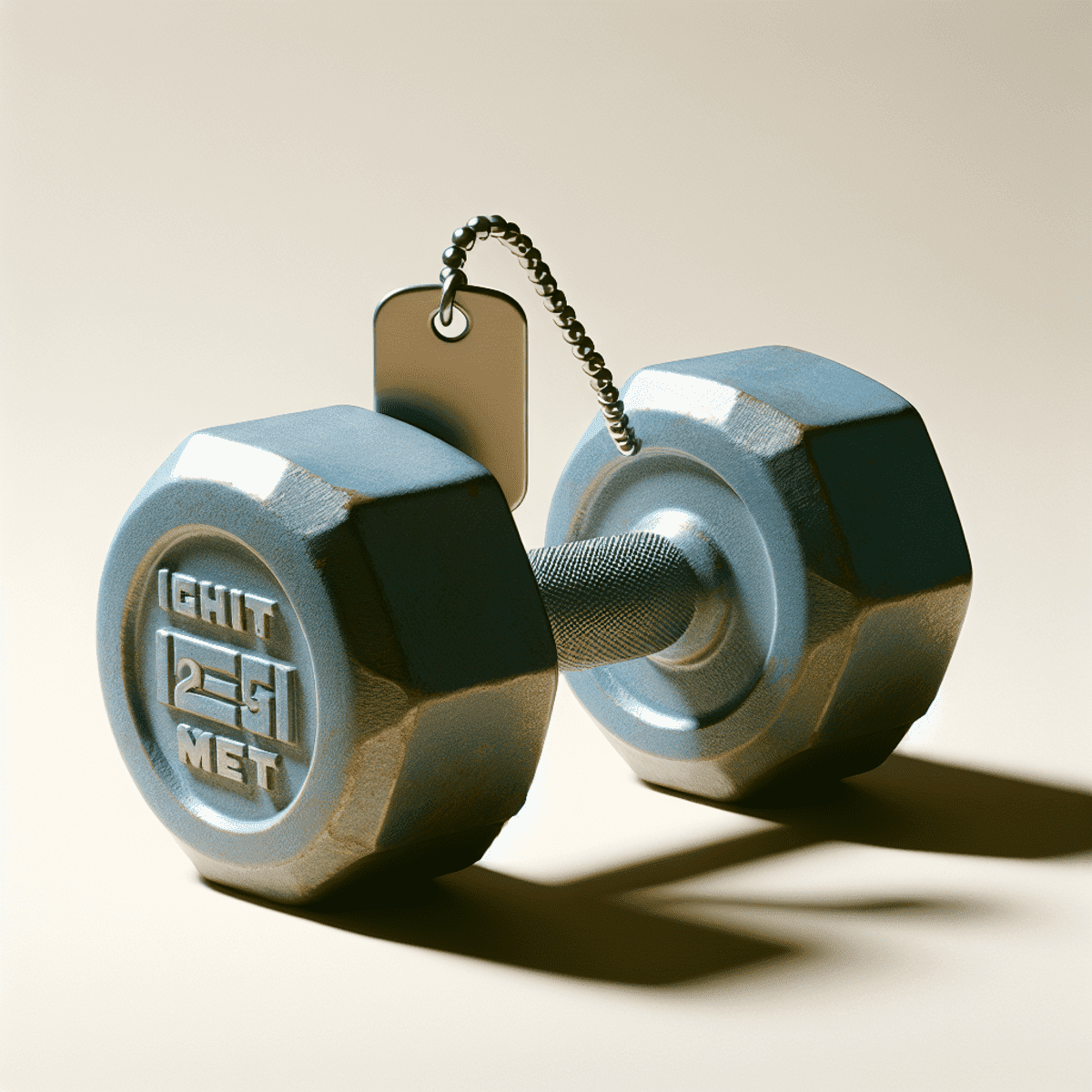Introduction
Stress, an often unavoidable part of our lives, has a huge influence on our health. If we don’t manage it, stress can affect everything from our mental peace to physical energy. But there’s no need to worry! By using effective stress-relief relaxation techniques, we can reduce its effects.
This piece aims to arm you with ten potent strategies, introducing techniques like deep breathing and progressive muscle relaxation, mindfulness meditation, and experiencing the calming effect of nature. For those who seek solace in creativity, we’ll delve into the therapeutic effects of art, music, and dance.
We’ll also explore how fostering social connections, engaging in supportive interactions, and nurturing emotional bonds can fortify your resilience against stress. Finally, we underscore the importance of maintaining a balanced diet, regular physical activity, adequate sleep, and other beneficial lifestyle habits for enduring stress management.
Every method is supported by scientific evidence and has confirmed advantages in encouraging relaxation and lessening anxiety. So, let’s start this path towards improved stress handling and increased peace together.
1. Deep Breathing
When you’re feeling overwhelmed by stress, deep breathing is a simple yet powerful technique to restore balance. Here’s how to harness the power of your breath for stress reduction:
- Find a comfortable position: Sit or lie down, with your hands on your abdomen.
- Breathe deeply: Slowly inhale through your nose, feeling your stomach expand, and then exhale through your mouth.
Deep breathing works by stimulating the body’s natural relaxation response, a state of restfulness that is the polar opposite of the stress response. The science supports this practice:
- Activates the parasympathetic nervous system: This reduces heart rate and blood pressure.
- Reduces cortisol levels: Cortisol is known as the “stress hormone.”
The benefits of deep breathing are numerous:
- Alleviates anxiety: It helps in detaching from distressing thoughts.
- Promotes calmness: Regular practice can lead to a more relaxed state overall.
By integrating deep breathing into your daily routine, you create a foundation for a calmer mind and body.
2. Progressive Muscle Relaxation
Progressive muscle relaxation is a technique that helps relieve tension throughout the body as part of the relaxation strategies for stress. It involves systematically tensing and relaxing different muscle groups, starting from the toes and working your way up to the head.
How to Do Progressive Muscle Relaxation
- Find a quiet, comfortable space and sit or lie down.
- Begin by focusing on your toes. Tense them for about five seconds, then relax for 30 seconds.
- Move on to the next muscle group – legs, abdomen, hands, arms, shoulders, neck, face – repeating the process of tensing and relaxing.
This practice helps you become more aware of any muscle tension you may be holding onto without realizing it.
The Science Behind Progressive Muscle Relaxation
The connection between muscle relaxation and stress relief lies in our body’s natural response to stress, known as the fight-or-flight response. When faced with a stressful situation, our muscles automatically tense up as a way to protect ourselves.
By consciously releasing this tension through progressive muscle relaxation, we are sending signals to our body that the perceived threat is no longer present. This can help reduce stress levels and promote a sense of calm.
Benefits of Progressive Muscle Relaxation
Incorporating progressive muscle relaxation into your daily routine can have several positive effects on your well-being:
- Reduced anxiety: The act of releasing muscle tension can induce a state of deep relaxation, leading to a decrease in anxiety levels.
- Improved sleep: By practicing this technique before bedtime, you may find it easier to fall asleep and experience better quality sleep.
- Pain management: Progressive muscle relaxation has been found to be effective in alleviating discomfort associated with conditions such as headaches or back pain.
Making progressive muscle relaxation a regular part of your self-care routine can serve as a valuable tool in managing stress.
3. Mindfulness Meditation
Relaxation Strategies for Stress: Mindfulness Meditation Mindfulness meditation is a powerful tool that harnesses present moment awareness to mitigate stress and bolster emotional well-being. Here’s a straightforward guide to incorporating this practice into your life:
- Find a quiet space, sit comfortably, and close your eyes. Focus on your breath, observing each inhalation and exhalation without judgment.
- When thoughts arise, acknowledge them and gently redirect your attention back to your breathing.
- Gradually increase the duration of your practice, starting with five minutes a day and building up to longer periods.
Engaging in mindfulness meditation helps you become an observer of your thoughts and feelings, creating a buffer against the adverse effects of stress. It trains the mind to stay anchored in the present, away from past regrets or future anxieties, fostering a tranquil mind and a resilient spirit.
4. Guided Imagery
Guided imagery, also known as visualization, is a potent tool for stress relief. It involves creating calming and peaceful images in your mind to promote relaxation. Here’s how to practice this technique:
- Find a quiet place: Minimize distractions so you can focus entirely on your visualization.
- Close your eyes: This makes it easier to concentrate on your inner world.
- Imagine a peaceful place: Visualize a location that brings you comfort. It could be a serene beach, lush forest, or even an imaginary sanctuary.
- Engage all your senses: What do you see? What do you hear? Can you smell anything?
The power of guided imagery lies in its capacity to transport you away from the stressor and immerse you in a setting of peace and tranquility. Regular practice can help cultivate a positive self-image, increase emotional balance, and foster overall well-being.
5. Yoga, Tai Chi, and Qigong
Yoga, tai chi, and qigong are holistic practices that merge physical activity with mindfulness for stress relief.
Yoga
Yoga is a centuries-old practice that combines postures, breathing exercises, and meditation. Regular practice can help reduce stress levels, enhance your mood, and improve overall well-being.
Tai Chi
Tai Chi, often referred to as ‘meditation in motion,’ involves flowing movements that gently stretch muscles while focusing on breath control. This mindful movement fosters relaxation and can significantly decrease stress levels.
Qigong
A third holistic practice, qigong, combines rhythmic breathing with a series of movements to balance the body’s energy or ‘qi.’ Regular practice of qigong can foster a state of calmness and tranquility.
Remember, these practices not only promote physical well-being but also offer an opportunity to cultivate mindfulness. By directing your focus towards your body’s movements and your breath, you can quiet the mind and alleviate stress.
6. Creative Expression (Art, Music, Dance)
Engaging in creative expression through art, music, and dance offers substantial stress reduction benefits. These activities can serve as therapeutic tools that promote mental health and emotional well-being.
How Art Can Help Reduce Stress
Creating visual art can serve as a non-verbal outlet for emotions, helping you process feelings that may be difficult to articulate. Painting, drawing, or sculpting activates the imagination and may lead to a state of ‘flow’, effectively reducing stress levels.
The Power of Music in Stress Management
Listening to or playing music has a direct effect on your mood and physiological state. Whether it’s the calming tones of classical music or the uplifting beats of your favorite song, music therapy can alleviate anxiety and evoke positive emotions.
Finding Relief Through Dance Therapy
As a form of movement therapy, dance combines physical exercise with rhythmic movement and self-expression, leading to the release of endorphins. It can improve mindfulness while allowing for an emotional release, thus contributing to stress relief.
Each mode of creative expression offers unique pathways to relaxation and serves as an effective strategy for managing daily stressors.
7. Nature Immersion
Experiencing the calming influence of nature is not merely a matter of preference but is rooted in a concept known as ecotherapy. This practice suggests that direct contact with nature leads to measurable stress relief and promotes healing in both mind and body. Here are some key insights:
- Direct Interaction: Simply being outdoors can decrease levels of cortisol, the stress hormone.
- Sensory Engagement: Engage your senses by listening to birdsong, feeling the breeze, or absorbing the rich tapestry of natural colors.
- Physical Benefits: Activities such as walking or hiking in nature can lower blood pressure and improve heart health.
- Mental Clarity: Green spaces are linked to enhanced mental clarity and reduced symptoms of anxiety and depression.
Ecotherapy underscores the significance of nature’s role in maintaining psychological well-being. By immersing yourself in natural settings, you tap into an ancient human experience that fosters relaxation and balance.
8. Journaling and Expressive Writing
Journaling and expressive writing are powerful tools for stress management. They offer a way to release your emotions, process your thoughts, and find clarity without judgment.
How Journaling Helps with Stress
The act of writing engages your mind in a unique way, focusing your attention on the present moment, much like mindfulness. By putting pen to paper, or fingers to keyboard, you can achieve a sense of clarity and perspective that’s hard to attain otherwise.
The Benefits of Regular Journaling
Research shows that regular journaling can significantly reduce anxiety levels and enhance mood. This could be due to the cathartic nature of writing, which helps in releasing pent-up emotions and reducing stress.
How to Start Journaling
To incorporate journaling into your routine:
- Set aside 15-20 minutes each day for this practice.
- Write freely about your thoughts, feelings, experiences – there is no right or wrong here.
- Over time, observe patterns in your entries to gain insights about stress triggers.
Remember, this practice is not about creating perfect prose but about expressing yourself honestly and openly. It’s an effective way to manage stress and improve overall well-being.
9. Social Connection and Support
Social connections and support are important for building resilience to stress. Having strong relationships can provide emotional support, boost morale, and create a sense of belonging — all of which are helpful in managing stress.
Here are some ways to foster these connections:
- Regular communication: Stay in touch with friends and family, or reach out to organizations that offer support in your areas of interest.
- Group activities: Participate in social events or groups, both online and offline, to meet new people.
- Volunteer work: Help others and meet like-minded individuals at the same time.
Remember, it takes time and effort to maintain relationships, but the benefits in terms of stress resilience are worth it.
10. Healthy Lifestyle Habits
Prioritizing self-care is crucial for stress prevention and enhancing overall well-being. This encompasses:
- Regular Exercise: Engages the body’s natural stress-relief mechanisms, such as endorphin release.
- Balanced Diet: Nourishing the body with whole foods can stabilize mood and energy levels.
- Adequate Sleep: Ensuring 7-9 hours of sleep per night supports cognitive function and mood regulation.
- Time Management: Reduces the pressure from unmet deadlines and cluttered schedules.
- Limiting Stimulants: Decreasing caffeine and sugar intake can help prevent stress peaks.
By integrating these healthy lifestyle habits, you create a strong foundation to effectively manage stress and promote long-term health.



















